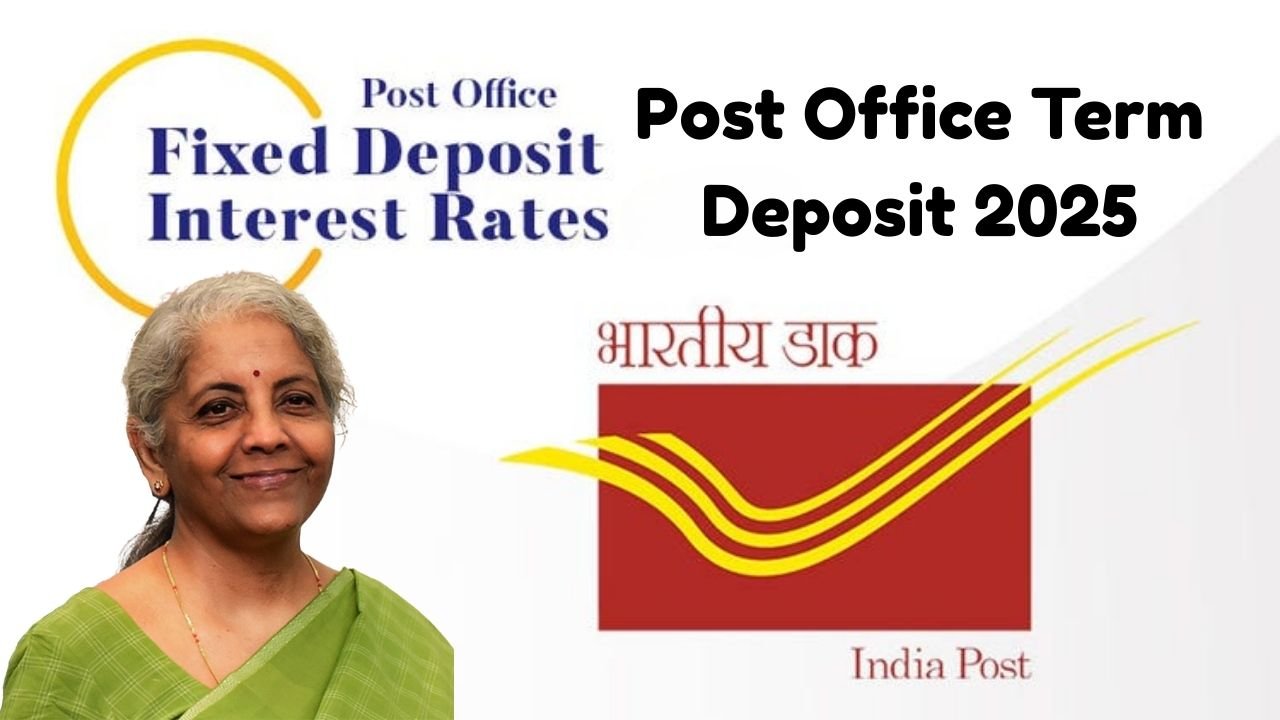Investing in a post office term deposit is one of the safest ways to grow your money in India. In 2025, post office fixed deposits continue to attract investors looking for guaranteed returns, financial security, and simplicity. These deposits are fully backed by the Government of India, which means your investment is secure, and you can earn fixed interest over a chosen period.
What is a Post Office Term Deposit?
A post office term deposit, also known as a fixed deposit (FD), is a scheme where you deposit a lump sum amount for a predetermined period ranging from one to five years. During this period, your money earns interest at a fixed rate, which is decided at the time of investment. Unlike market-linked instruments, post office term deposits provide guaranteed returns without any risk of capital loss.
Benefits of Investing in a Post Office FD
Post office fixed deposits offer multiple advantages. Firstly, they are backed by the government, making them extremely safe. Secondly, they provide a predictable income through periodic interest payouts or at maturity. Thirdly, senior citizens enjoy higher interest rates compared to regular investors. Additionally, post office FDs can be easily opened at any post office branch across India, and the investment process is straightforward with minimal paperwork. Interest is compounded quarterly, which helps in steadily growing your wealth over time.
Step-by-Step Guide to Opening a Post Office FD
Step 1: Choose the Tenure
The first step is deciding how long you want to keep your money invested. Post office term deposits offer tenures from 1 to 5 years. The tenure you select should align with your financial goals, whether it is short-term savings, mid-term financial planning, or long-term wealth accumulation.
Step 2: Decide the Investment Amount
You can start with a minimum deposit amount as prescribed by the post office, which is typically ₹1,000. You can invest higher amounts up to the maximum limit allowed. It is important to choose an amount that you will not need urgently, as premature withdrawal may result in penalties or reduced interest.
Step 3: Visit Your Nearest Post Office
To open a fixed deposit account, visit your nearest post office branch with identity proof, address proof, and passport-size photographs. Some branches also allow online account opening through the India Post Payments Bank platform. Fill out the FD application form and submit the required documents to the postal officer.
Step 4: Choose the Interest Payout Option
Post office FDs offer flexible interest payout options. You can opt for quarterly interest payments credited to your savings account, or you can choose cumulative interest where the interest is compounded and paid at maturity along with the principal. Your choice will depend on whether you want regular income or want to let your money grow over time.
Step 5: Deposit the Money
Once the paperwork is completed, deposit your money in cash or via cheque. You will receive a receipt or FD certificate as proof of your investment. Keep this document safe, as it is required for claiming your principal and interest at maturity.
Using the Post Office FD Calculator
A post office FD calculator is a useful tool to estimate your returns before investing. You need to enter the deposit amount, tenure, and applicable interest rate. The calculator will then show the maturity amount, including principal and interest. This helps you plan your finances better and choose the best tenure and investment amount according to your goals.
Interest Rates and Returns in 2025
In 2025, post office fixed deposits offer competitive interest rates ranging from 5% to 7.5% per annum, depending on the tenure and type of investor. Senior citizens usually get an additional 0.5% interest. Interest is compounded quarterly, which means your money grows faster than simple interest deposits. Using an FD calculator can help you compare returns for different tenures and choose the one that maximizes your benefits.
Premature Withdrawal Rules
While post office FDs are meant to be held until maturity, there may be situations where you need to withdraw your money early. Premature withdrawals are allowed, but the interest rate applicable will usually be lower than the standard rate. It is recommended to plan your investment carefully to avoid penalties and ensure maximum returns.
Taxation on Post Office FD
Interest earned on post office fixed deposits is taxable under the Income Tax Act. It is added to your total income and taxed according to your income slab. For senior citizens, the interest income may be eligible for deductions under Section 80TTB up to a certain limit. It is important to consider taxation while calculating your net returns.
Tips for Maximizing Returns
To get the most out of your post office FD, consider laddering your deposits. This means splitting your investment into multiple FDs with different tenures. This approach ensures that some FDs mature sooner, providing liquidity, while others continue to earn higher interest over longer terms. Additionally, monitor interest rate changes, as the post office periodically revises rates based on government policies and market conditions.
Conclusion
Post office term deposits are an ideal investment option for anyone seeking security, guaranteed returns, and financial stability. With flexible tenures, competitive interest rates, and government backing, they provide a reliable way to grow your money. Using a step-by-step approach and an FD calculator can help you plan your investment efficiently. In 2025, post office FDs continue to be a trusted choice for both new and seasoned investors looking for safe and predictable growth.
Disclaimer: The information provided in this article is intended for general informational purposes only. Interest rates, schemes, and government policies mentioned are based on data available in 2025 and may change over time. Readers should verify all details with official sources such as India Post or consult a certified financial advisor before making any investment decisions. The author and publisher are not responsible for any financial loss or consequences arising from actions taken based on this content.



